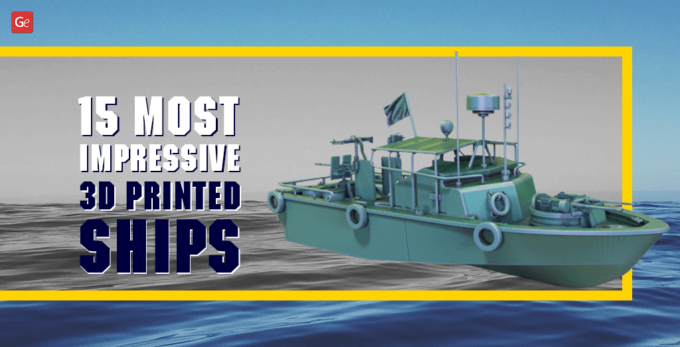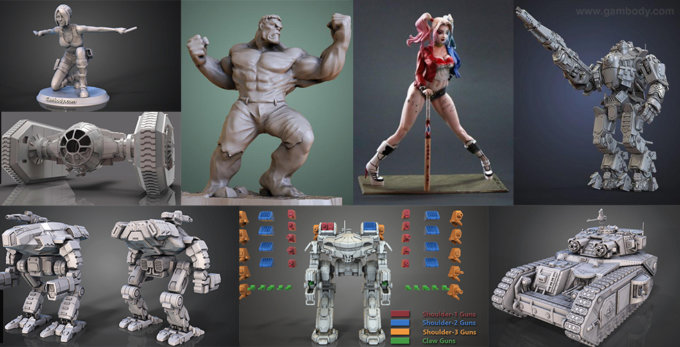Many people percept 3D printing technologies only as another toy designed to entertain and create plenty of neat and funny cups, stands or action figures. But in fact there are many ways of using 3D printers for the good of mankind. One of them has already proved to be quite efficient and, what’s more important, cheap – we are talking about 3D prosthetics.
In the modern world medicine is paid great attention to. Every year billions of dollars are invested in creating new drugs aimed to combat all types of diseases. But who could think that the help would come from some geeks who just wanted to have their 3D designs printed at home. The success of the first 3D prosthetics is really great: they are much cheaper than usual ones and what is more important they can be made in any home and adjusted to the needs of a person who is going to wear them easily.

Take for example a story of a 12-year-old boy from Massachusetts called Leon McCarthy. He was born with fingers missing on his left hand and would have probably lived all his life without them if his father wouldn’t have come across a design of 3D prosthetic in the Internet. He contacted the inventor of it Ivan Owen, who used his home 3D printer in 2011 for creating a prosthetic for his son. Mr. McCarthy was so inspired by his predecessor that immediately started making a prosthetic for his son Leon. He created a great workable design, which cost him $100 only. Mr. McCarthy is not going to stop and, as he says, is planning to teach the teachers at Leon’s school how to use this technology in order to help other kids, who need prosthetics.
Usage of 3D printed prosthetics is not only the story of loving dads. 3D printers are already actively used in Sudan thanks to Californian non-profit organization Not Impossible. They heard a story of Sudan boy Daniel, who lost his arms when a bomb exploded in the field where he was tending cattle. The normal life in the war torn Sudan became almost impossible for Daniel. Specialists from Not Impossible learnt his story and came to Sudan with their 3D printers, plastics and best specialists. They created 3D prosthetics for the boy and literally gave him new chance in life. Their experience was adopted by some more volunteer and local organizations. At the moment it is planned to create more than 50,000 prosthetics for the victims of war.
As you see 3D printers can be used for much more noble aims than creating some funny accessories. And what’s more important any 3D designer can play his role in helping some other kid or adult who needs a prosthetic. Nowadays one doesn’t have to be a genetic engineer to create a prosthetic, he just needs a 3D printer.




